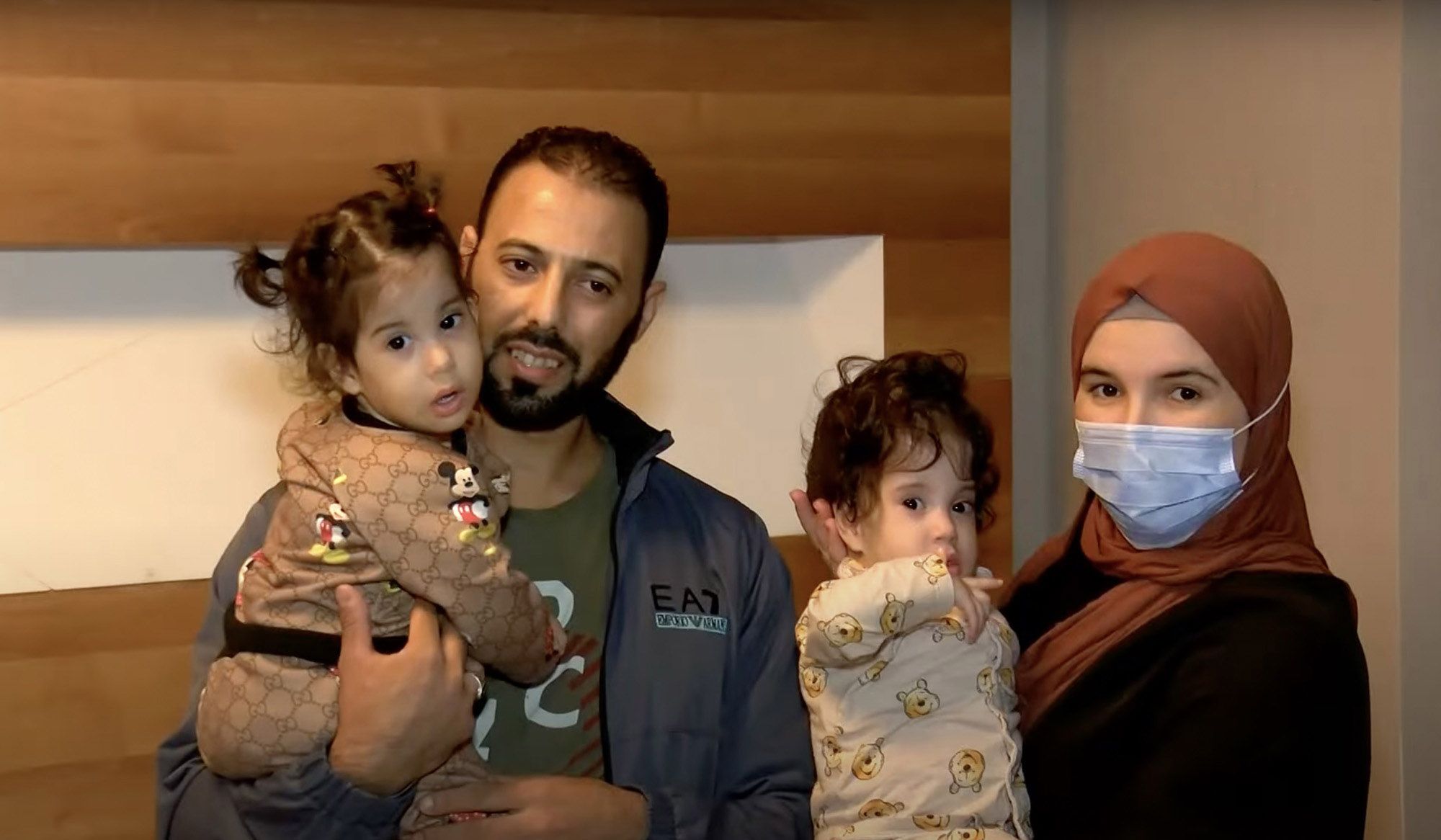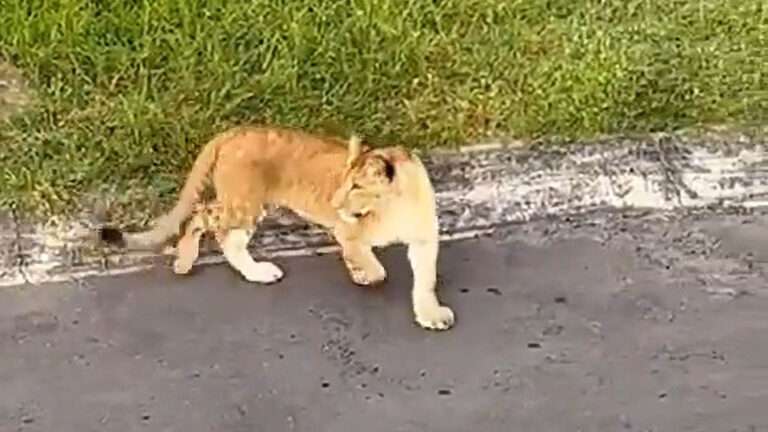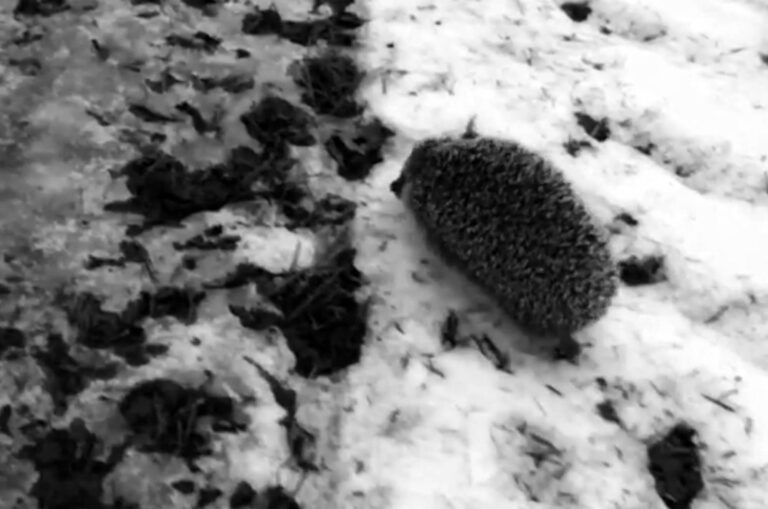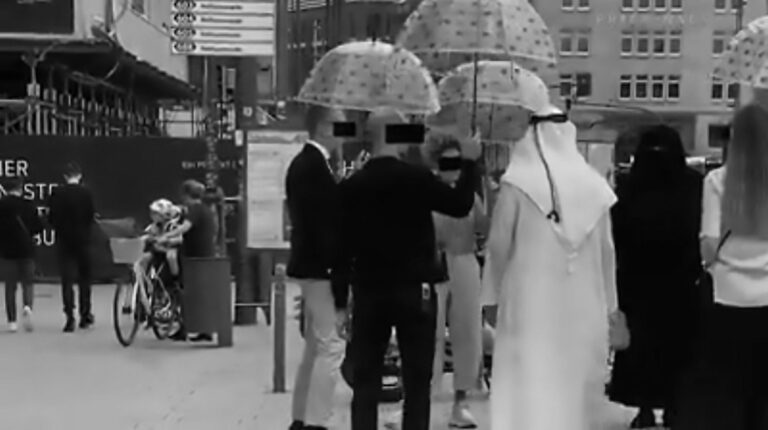Conjoined twin girls who were separated during a nine-hour operation in Turkey are set to be discharged from hospital.
Safaa and Shiffa – 18-month-old twins from Algeria – were separated in an op last June that took doctors, at the Acibadem University Hospital Atakent, Istanbul six months to prepare for.
The girls were born with their chest walls and abdomens attached, with separate hearts and lungs, but with attached livers.
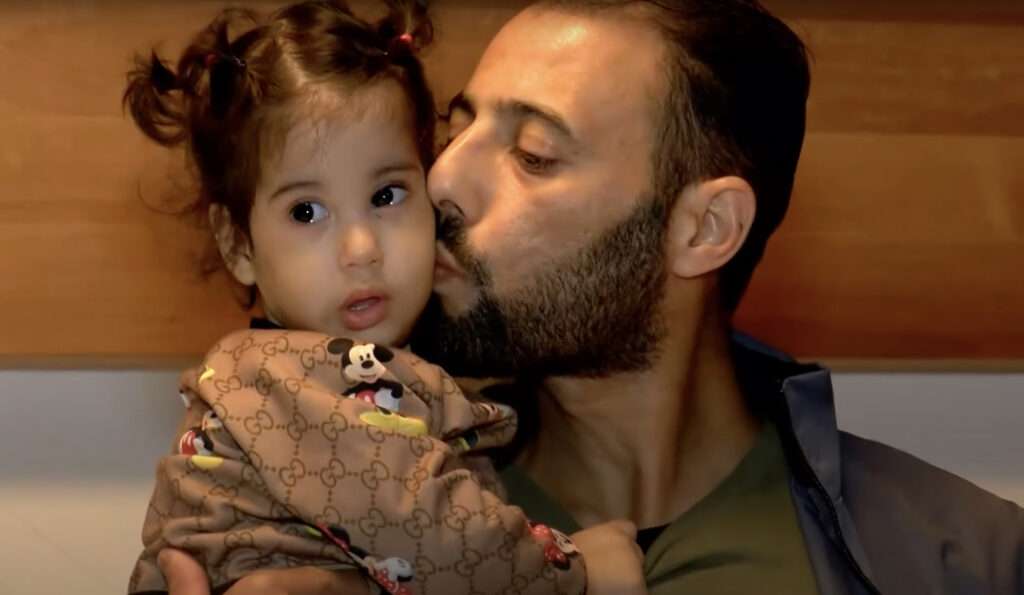
The twins have since been receiving treatment since the op and are now reportedly ready to be discharged.
Their mother Elalia Kherkhar told local media: “I felt that I had twins for the first time when they were separated by this surgery.”
Reconstructive Surgery Specialist Dr Mehmet Veli Karaaltin told Turkish media about the operation, saying: “We have accomplished many firsts in this surgery. There is often a risk of losing one of the babies in conjoined twin surgeries.
“We have healed both babies. Italy and India had aspired to this surgery, but this success was granted to us Turkish physicians.”
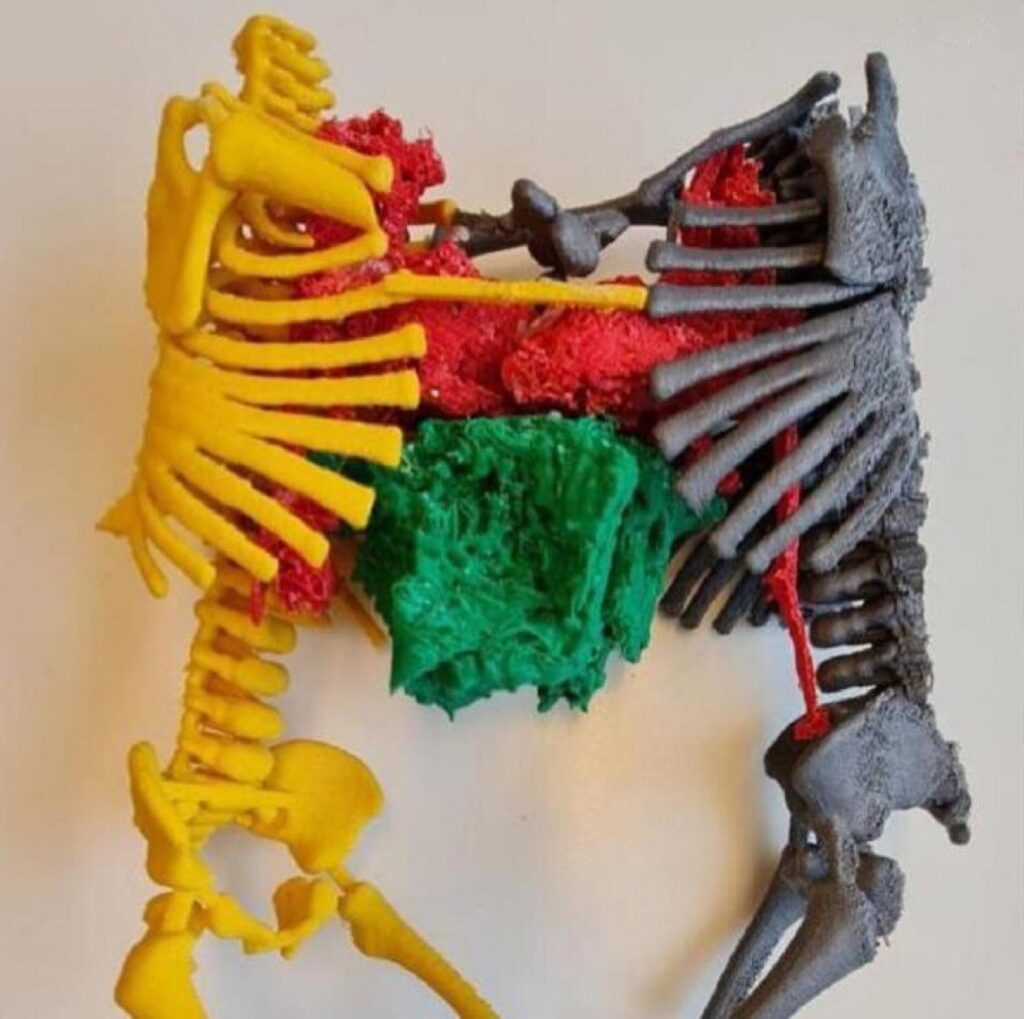
Conjoined Twin Girls Separated During 9-Hour Operation In Turkey
These cute conjoined twin sisters have been successfully separated during a nine-hour operation at a Turkish hospital.
Dr Karaaltin added: “Our main goal in conjoined twins is to separate them in a healthy way.
“Sometimes you have to sacrifice one of them. This is very heavy. But here, thank God, we got what we wanted. It was a team effort, which we achieved with a very big team.”
He explained that the team had made no incisions on the front side of the babies, where they were conjoined and had managed to protect all the internal organs from shifting during the operation.
And the doctor added that they had performed a new procedure to restore the babies’ tissue matter that is not even in the medical books yet.
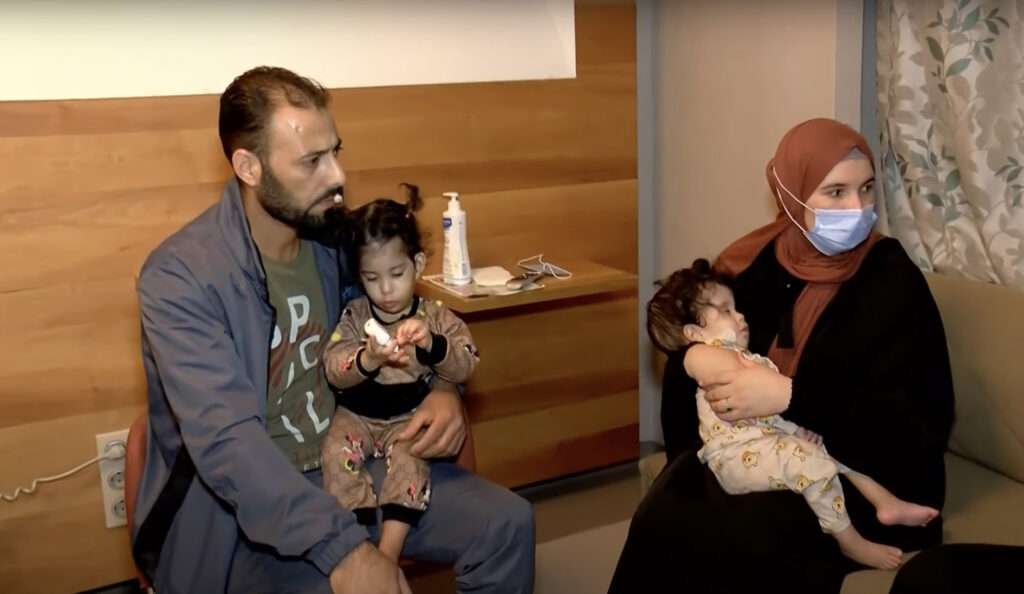
He explained that the treatment will be made public soon saying: “There is a concept in plastic surgery, prefabrication, that is, reproducing.
“We expanded this tissue by placing a membrane underneath it as if it were a single piece. This membrane was the cell-free placenta. The task of this was to ensure the common vascularization of the tissue in both babies.
“When we put the balloon there and inflated it, that single piece turned into a giant tissue after a while, and by doing a single slide manipulation with that giant tissue, we solved the problem without the need for complex surgeries and without cutting through the chest wall, We have performed the separation surgery in a way that can safely close the vital organs.
“This was the first procedure in the world for conjoined twin surgery in plastic surgery. It is not in the literature. We will present this at a meeting in the coming days.”
Dr Karaaltin also said that the complex procedure led them to carry out a practice surgery on a 3D-printed model first before doing it in real life.
He said: “We had a chance to see from the front what kind of losses will be in question if we separate these babies. Especially in terms of texture (on the skin), we made an area calculation of the possible loss.”
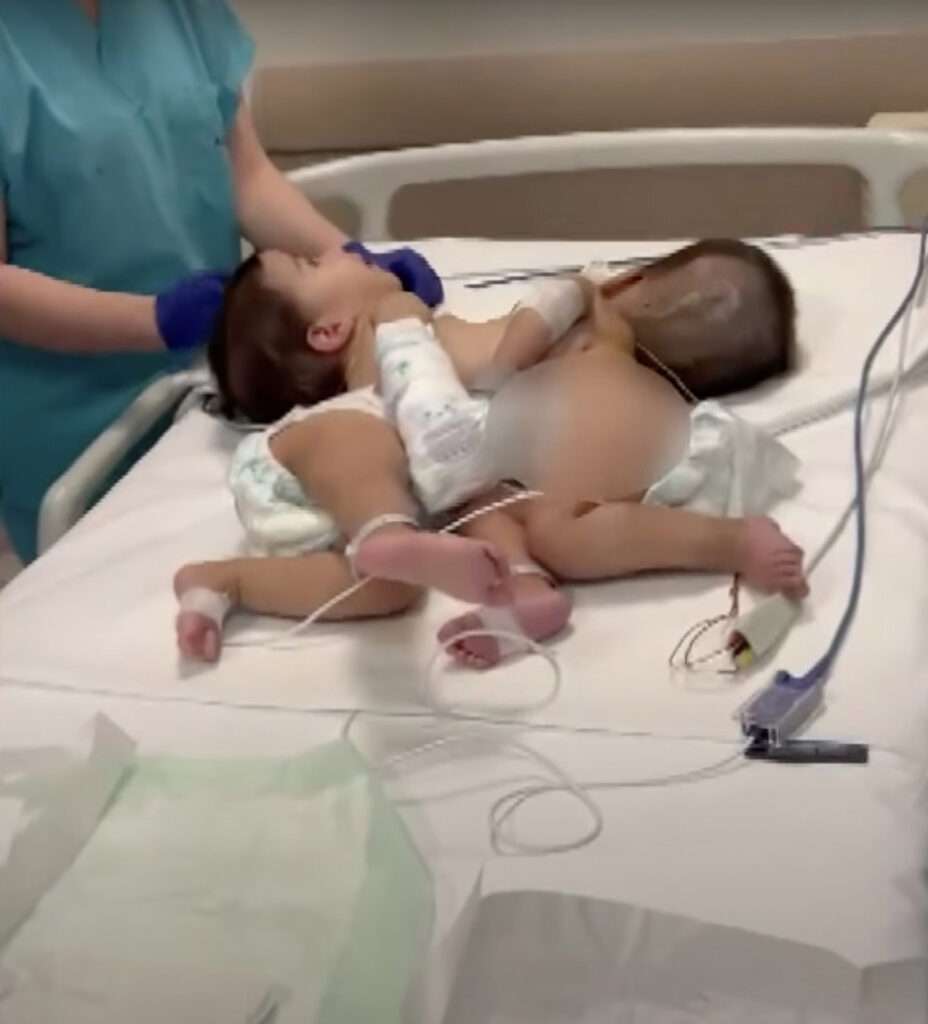
Talking about why it took so long to carry out the surgery, the doctor said that preparation alone took two months, adding: “Then we waited another four months for the (skin) inflation procedure. So almost six to seven months passed.
“Then it was time for the separation surgery for the children. It is not easy to gather all the doctors at a suitable time, of course. We performed the operation during the pandemic, which also was one of the setbacks. Adding that process, everything took almost a year.
“But now they are ready to go back to their country.”
To find out more about the author, editor or agency that supplied this story – please click below.
Story By: Joseph Golder, Sub-Editor: Marija Stojkoska, Agency: Newsflash
The Ananova page is created by and dedicated to professional, independent freelance journalists. It is a place for us to showcase our work. When our news is sold to our media partners, we will include the link here.

